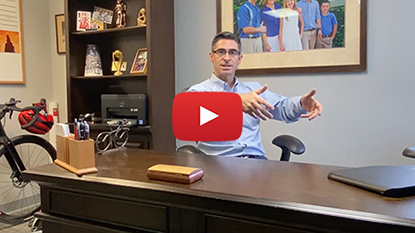At the completion of this seminar, the participant will be able to:
- Synthesize data from a clinical exam to develop a master-level approach to finding the root cause of upper and lower extremity pain
- Identify 4 pathological barriers to motion which can contribute to peripheral joint pain
- Apply the Joint-Muscle-Fascia-Compensation Framework to justify single and multiple dysfunctions that can contribute to peripheral joint pain
- Devise 1-2 pain pathways for upper and lower extremity joints in all 3 planes of motion
- Apply the Hypo-Hyper Compensation Model, and as outlined in the manual, and identify 4 ways in which this model contributes to the origin of peripheral joint pain
- Accurately describe the significance of applying the Test-Treat-Retest concept and justify the use of 1-2 manual therapy techniques for each pathological barrier to motion
- Explain 2 mechanisms by which mechanical pain is perceived in the brain
- Interpret 3 key pieces of the patient’s subjective history that give the clinician information by which to find dysfunction effectively and efficiently






